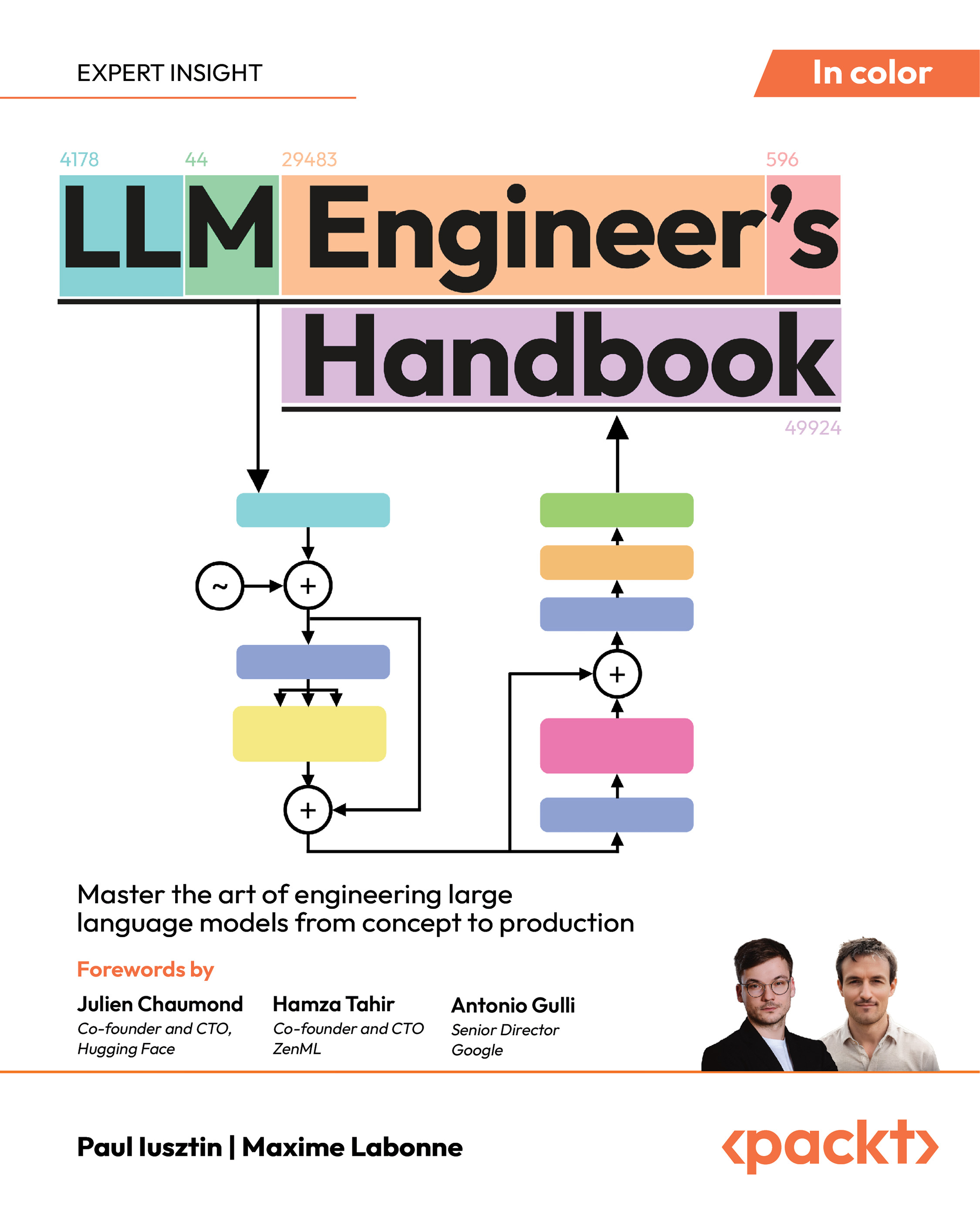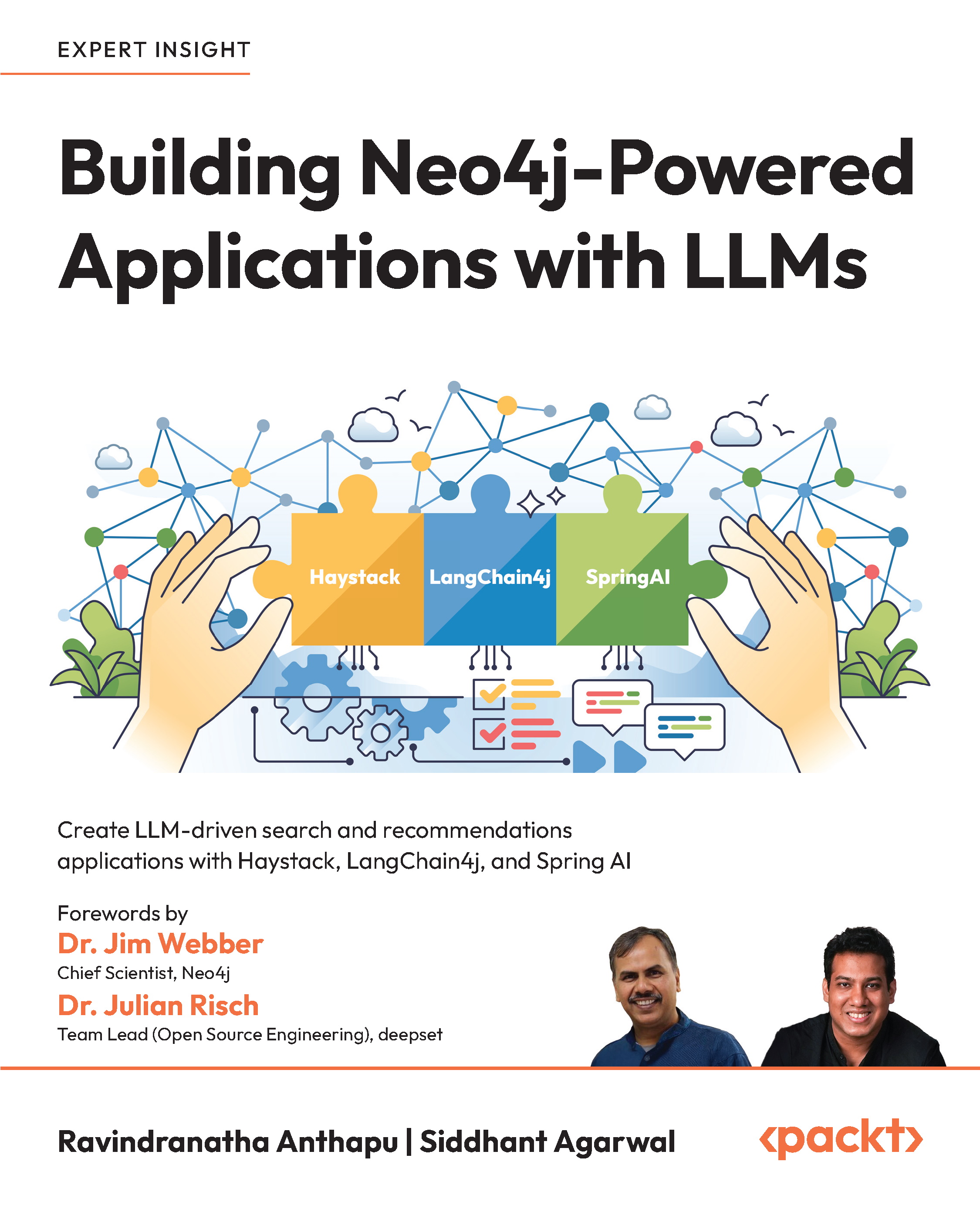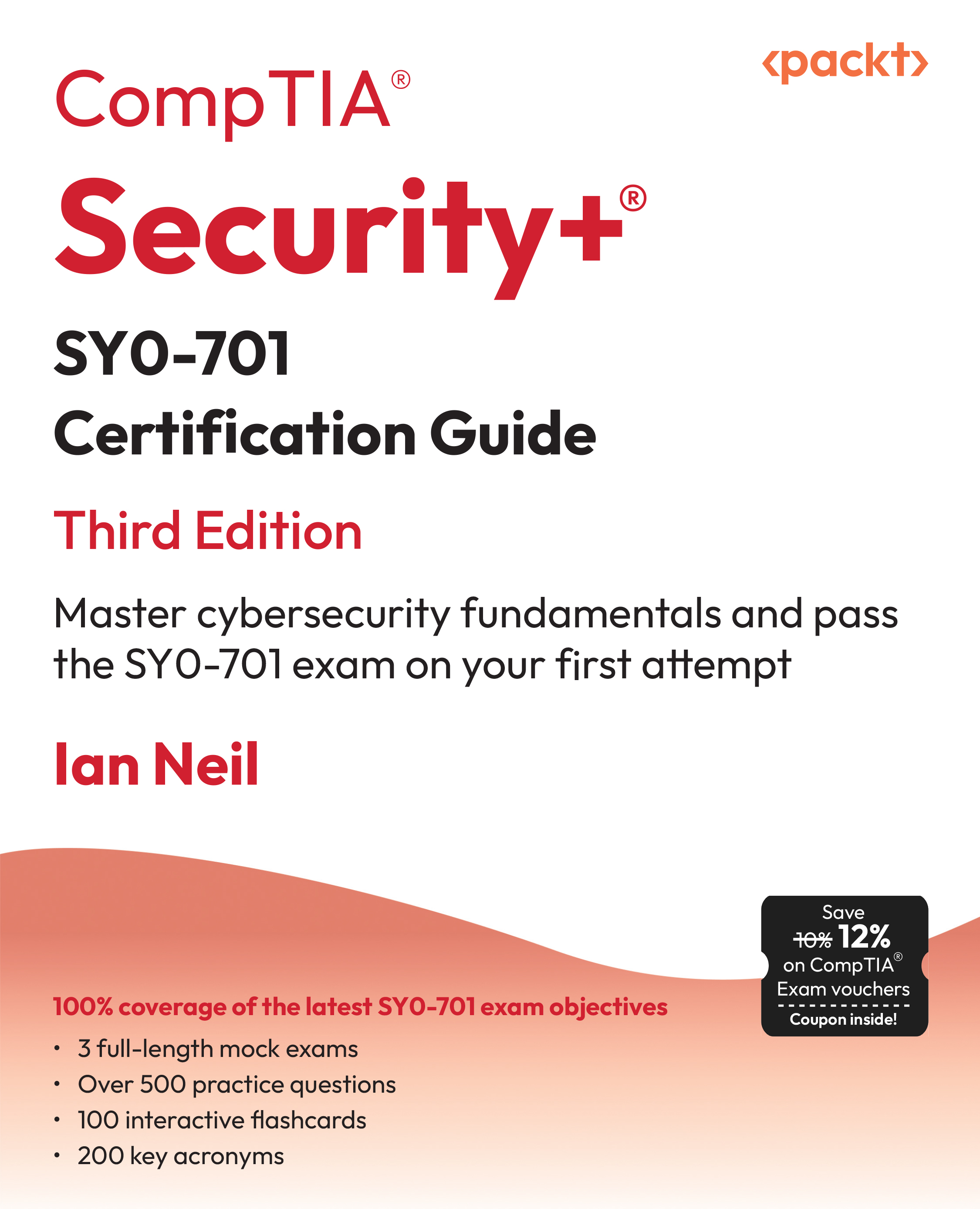(For more resources related to this topic, see here.)
What is Data Guard?
Data Guard, which was introduced as the standby database in Oracle database Version 7.3 under the name of Data Guard with Version 9 i , is a data protection and availability solution for Oracle databases. The basic function of Oracle Data Guard is to keep a synchronized copy of a database as standby, in order to make provision, incase the primary database is inaccessible to end users. These cases are hardware errors, natural disasters, and so on. Each new Oracle release added new functionalities to Data Guard and the product became more and more popular with offerings such as data protection, high availability, and disaster recovery for Oracle databases.
Using Oracle Data Guard, it's possible to direct user connections to a Data Guard standby database automatically with no data loss, in case of an outage in the primary database. Data Guard also offers taking advantage of the standby database for reporting, test, and backup offloading. Corruptions on the primary database may be fixed automatically by using the non-corrupted data blocks on the standby database. There will be minimal outages (seconds to minutes) on the primary database in planned maintenances such as patching and hardware changes by using the switchover feature of Data Guard, which changes the roles of the primary and standby databases. All of these features are available with Data Guard, which doesn't require an installation but a cloning and configuration of the Oracle database.
A Data Guard configuration consists of two main components: primary database and standby database. The primary database is the database for which we want to take precaution for its inaccessibility. Fundamentally, changes on the data of the primary database are passed through the standby database and these changes are applied to the standby database in order to keep it synchronized.
The following figure shows the general structure of Data Guard:

Let's look at the standby database and its properties more closely.
Standby database
It is possible to configure a standby database simply by copying, cloning, or restoring a primary database to a different server. Then the Data Guard configurations are made on the databases in order to start the transfer of redo information from primary to standby and also to start the apply process on the standby database.
Primary and standby databases may exist on the same server; however, this kind of configuration should only be used for testing. In a production environment, the primary and standby database servers are generally preferred to be on separate data centers.
Data Guard keeps the primary and standby databases synchronized by using redo information. As you may know, transactions on an Oracle database produce redo records. This redo information keeps all of the changes made to the database. The Oracle database first creates redo information in memory (redo log buffers). Then they're written into online redo logfiles, and when an online redo logfile is full, its content is written into an archived redo log.
An Oracle database can run in the ARCHIVELOG mode or the NOARCHIVELOG mode. In the ARCHIVELOG mode, online redo logfiles are written into archived redo logs and in the NOARCHIVELOG mode, redo logfiles are overwritten without being archived as they become full. In a Data Guard environment, the primary database must be in the ARCHIVELOG mode.
In Data Guard, transfer of the changed data from the primary to standby database is achieved by redo with no alternative. However, the apply process of the redo content to the standby database may vary. The different methods on the apply process reveal different type of standby databases.
There were two kinds of standby databases before Oracle database Version 11 g , which were: physical standby database and logical standby database. Within Version 11 g we should mention a third type of standby database which is snapshot standby. Let's look at the properties of these standby database types.
Physical standby database
The Physical standby database is a block-based copy of the primary database. In a physical standby environment, in addition to containing the same database objects and same data, the primary and standby databases are identical on a block-for-block basis. Physical standby databases use Redo Apply method to apply changes. Redo Apply uses Managed recovery process ( MRP ) in order to manage application of the change in information on redo.
In Version 11 g , a physical standby database can be accessible in read-only mode while Redo Apply is working, which is called Active Data Guard. Using the Active Data Guard feature, we can offload report jobs from the primary to physical standby database.
Physical standby database is the only option that has no limitation on storage vendor or data types to keep a synchronized copy of the primary database.
Logical standby database
Logical standby database is a feature introduced in Version 9 i R2. In this configuration, redo data is first converted into SQL statements and then applied to the standby database. This process is called SQL Apply. This method makes it possible to access the standby database permanently and allows read/write while the replication of data is active. Thus, you're also able to create database objects on the standby database that don't exist on the primary database. So a logical standby database can be used for many other purposes along with high availability and disaster recovery.
Due to the basics of SQL Apply, a logical standby database will contain the same data as the primary database but in a different structure on the disks.
Unlock access to the largest independent learning library in Tech for FREE!
Get unlimited access to 7500+ expert-authored eBooks and video courses covering every tech area you can think of.
Renews at $19.99/month. Cancel anytime
One discouraging aspect of the logical standby database is the unsupported data types, objects, and DDLs. The following data types are not supported to be replicated in a logical standby environment:
- BFILE
- Collections (including VARRAYS and nested tables)
- Multimedia data types (including Spatial, Image, and Oracle Text)
- ROWID and UROWID
- User-defined types
The logical standby database doesn't guarantee to contain all primary data because of the unsupported data types, objects, and DDLs. Also, SQL Apply consumes more hardware resources. Therefore, it certainly brings more performance issues and administrative complexities than Redo Apply.
Snapshot standby database
Principally, a snapshot standby database is a special condition of a physical standby database. Snapshot standby is a feature that is available with Oracle Database Version 11 g . When you convert a Physical standby database into a snapshot standby database, it becomes accessible for read/write. You can run tests on this database and change the data. When you're finished with the snapshot standby database, it's possible to reverse all the changes made to the database and turn it back to a physical standby again.
An important point here is that a snapshot standby database can't run Redo Apply. Redo transfer continues but standby is not able to apply redo.
Oracle Data Guard evolution
It has been a long time that the Oracle Data Guard technology has been in the database administrator's life and it apparently evolved from the beginning until 11 g R2. Let's look at this evolution closely through the different database versions.
Version 7.3 – stone age
The functionality of keeping a duplicate database in a separate server, which can be synchronized with the primary database, came with Oracle database Version 7.3 under the name of standby database. This standby database was constantly in recovery mode waiting for the archived redo logs to be synchronized. However, this feature was not able to automate the transfer of archived redo logs. Database administrators had to find a way to transfer archived redo logs and apply them to the standby server continuously. This was generally accomplished by a script running in the background.
The only aim of Version 7.3 of the standby database was disaster recovery. It was not possible to query the standby database or to open it for any purpose other than activating it in the event of failure of the primary database. Once the standby database was activated, it couldn't be returned to the standby recovery mode again.
Version 8 i – first age
Oracle database Version 8 i brought the much-awaited features to the standby database and made the archived log shipping and apply process automatic, which is now called managed standby environment and managed recovery, respectively. However, some users were choosing to apply the archived logs manually because it was not possible to set a delay in the managed recovery mode. This mode was bringing the risk of the accidental operations to reflect standby database quickly.
Along with the "managed" modes, 8 i made it possible to open a standby database with the read-only option and allowed it to be used as a reporting database.
Even though there were new features that made the tool more manageable and practical, there were still serious deficiencies. For example, when we added a datafile or created a tablespace on the primary database, these changes were not being replicated to the standby database. Database administrators had to take care of this maintenance on the standby database. Also when we opened the primary database with resetlogs or restored a backup control file, we had to re-create the standby database.
Version 9 i – middle age
First of all, with this version Oracle8 i standby database was renamed to Oracle9 i Data Guard. 9 i Data Guard includes very important new features, which makes the product much more reliable and functional. The following features were included:
- Oracle Data Guard Broker management framework, which is used to centralize and automate the configuration, monitoring, and management of Oracle Data Guard installations, was introduced with this version.
- Zero data loss on failover was guaranteed as a configuration option.
- Switchover was introduced, which made it possible to change the roles of primary and standby. This made it possible to accomplish a planned maintenance on the primary database with very less service outage.
- Standby database administration became simpler because new datafiles on the primary database are created automatically on standby and if there are missing archived logs on standby, which is called gap; Data Guard detects and transmits the missing logs to standby automatically.
- Delay option was added, which made it possible to configure a standby database that is always behind the primary in a specified time delay.
- Parallel recovery increased recovery performance on the standby database.
In Version 9 i Release 2, which was introduced in May 2002, one year after Release 1, there were again very important features announced. They are as follows:
- Logical standby database was introduced, which we've mentioned earlier in this article
- Three data protection modes were ready to use: Maximum Protection, Maximum Availability, and Maximum Performance, which offered more flexibility on configuration
- The Cascade standby database feature made it possible to configure a second standby database, which receives its redo data from the first standby database
Version 10 g – new age
The 10 g version again introduced important features of Data Guard but we can say that it perhaps fell behind expectations because of the revolutionary changes in release 9 i . The following new features were introduces in Version 10 g :
- One of the most important features of 10 g was the Real-Time Apply. When running in Real-Time Apply mode, the standby database applies changes on the redo immediately after receiving it. Standby does not wait for the standby redo logfile to be archived. This provides faster switchover and failover.
- Flashback database support was introduced, which made it unnecessary to configure a delay in the Data Guard configuration. Using flashback technology, it was possible to flash back a standby database to a point in time.
- With 10 g Data Guard, if we open a primary database with resetlogs it was not required to re-create the standby database. Standby was able to recover through resetlogs.
- Version 10 g made it possible to use logical standby databases in the database software rolling upgrades of the primary database. This method made it possible to lessen the service outage time by performing switchover to the logical standby database.
10 g Release 2 also introduced new features to Data Guard, but these features again were not satisfactory enough to make a jump to the Data Guard technology. The two most important features were Fast-Start Failover and the use of Guaranteed restore point:
- Fast-start failover automated and accelerated the failover operation when the primary database was lost. This option strengthened the disaster recovery role of Oracle Data Guard.
- Guaranteed restore point was not actually a Data Guard feature. It was a database feature, which made it possible to revert a database to the moment that Guaranteed restore point was created, as long as there is sufficient disk space for the flashback logs. Using this feature following scenario became possible: Activate a physical standby database after stopping Redo Apply, use it for testing with read/write operations, then revert the changes, make it standby again and synchronize it with the primary. Using a standby database read/write was offering a great flexibility to users but the archived log shipping was not able to continue while the standby is read/write and this was causing data loss on the possible primary database failure.
Version 11 g – modern age
Oracle database version 11 g offered the expected jump in the Data Guard technology, especially with two new features, which are called Active Data Guard and snapshot standby. The following features were introduced:
- Active Data Guard has been a milestone in Data Guard history, which enables a query from a physical standby database while the media recovery is active.
- Snapshot standby is a feature to use a physical standby database read/write for test purposes. As we mentioned, this was possible with 10 g R2 Guaranteed restore point feature but 11 g provided the continuous archived log shipping in the time period that standby is read/write with snapshot standby.
- It has been possible to compress redo traffic in a Data Guard configuration, which is useful in excessive redo generation rates and resolving gaps. Compression of redo when resolving gaps was introduced in 11 g R1 and compression of all redo data was introduced in 11 g R2.
- Use of the physical standby databases for the rolling upgrades of database software was enabled, aka Transient Logical Standby.
- It became possible to include different operating systems in a Data Guard configuration such as Windows and Linux.
- Lost-write, which is a serious data corruption type arising from the misinformation of storage subsystem on completing the write of a block, can be detected in an 11 g Data Guard configuration. Recovery is automatically stopped in such a case.
- RMAN fast incremental backup feature "Block Change Tracking" can be run on an Active Data Guard enabled standby database.
- Another very important enhancement in 11 g was Automatic Block Corruption Repair feature that was introduced with 11 g R2. With this feature, a corrupted data block in the primary database can be automatically replaced with an uncorrupted copy from a physical standby database in Active Data Guard mode and vice versa.
We've gone through the evolution of Oracle Data Guard from its beginning until today. As you may notice, Data Guard started its life as a very simple database property revealed to keep a synchronized database copy with a lot of manual work and now it's a complicated tool with advanced automation, precaution, and monitoring features. Now let's move on with the architecture and components of Oracle Data Guard 11 g R2.
 United States
United States
 Great Britain
Great Britain
 India
India
 Germany
Germany
 France
France
 Canada
Canada
 Russia
Russia
 Spain
Spain
 Brazil
Brazil
 Australia
Australia
 Singapore
Singapore
 Canary Islands
Canary Islands
 Hungary
Hungary
 Ukraine
Ukraine
 Luxembourg
Luxembourg
 Estonia
Estonia
 Lithuania
Lithuania
 South Korea
South Korea
 Turkey
Turkey
 Switzerland
Switzerland
 Colombia
Colombia
 Taiwan
Taiwan
 Chile
Chile
 Norway
Norway
 Ecuador
Ecuador
 Indonesia
Indonesia
 New Zealand
New Zealand
 Cyprus
Cyprus
 Denmark
Denmark
 Finland
Finland
 Poland
Poland
 Malta
Malta
 Czechia
Czechia
 Austria
Austria
 Sweden
Sweden
 Italy
Italy
 Egypt
Egypt
 Belgium
Belgium
 Portugal
Portugal
 Slovenia
Slovenia
 Ireland
Ireland
 Romania
Romania
 Greece
Greece
 Argentina
Argentina
 Netherlands
Netherlands
 Bulgaria
Bulgaria
 Latvia
Latvia
 South Africa
South Africa
 Malaysia
Malaysia
 Japan
Japan
 Slovakia
Slovakia
 Philippines
Philippines
 Mexico
Mexico
 Thailand
Thailand















